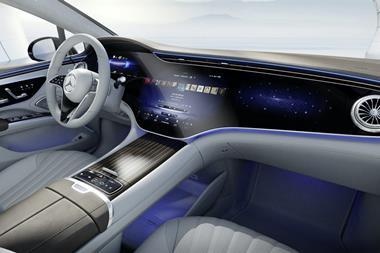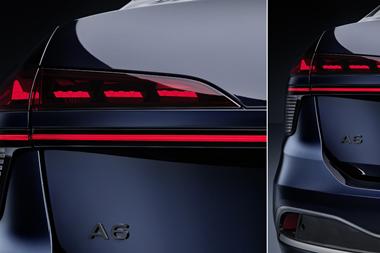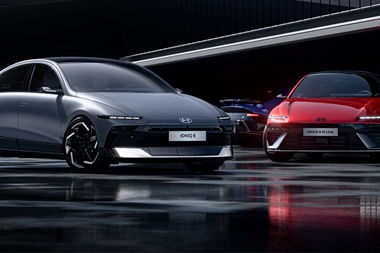

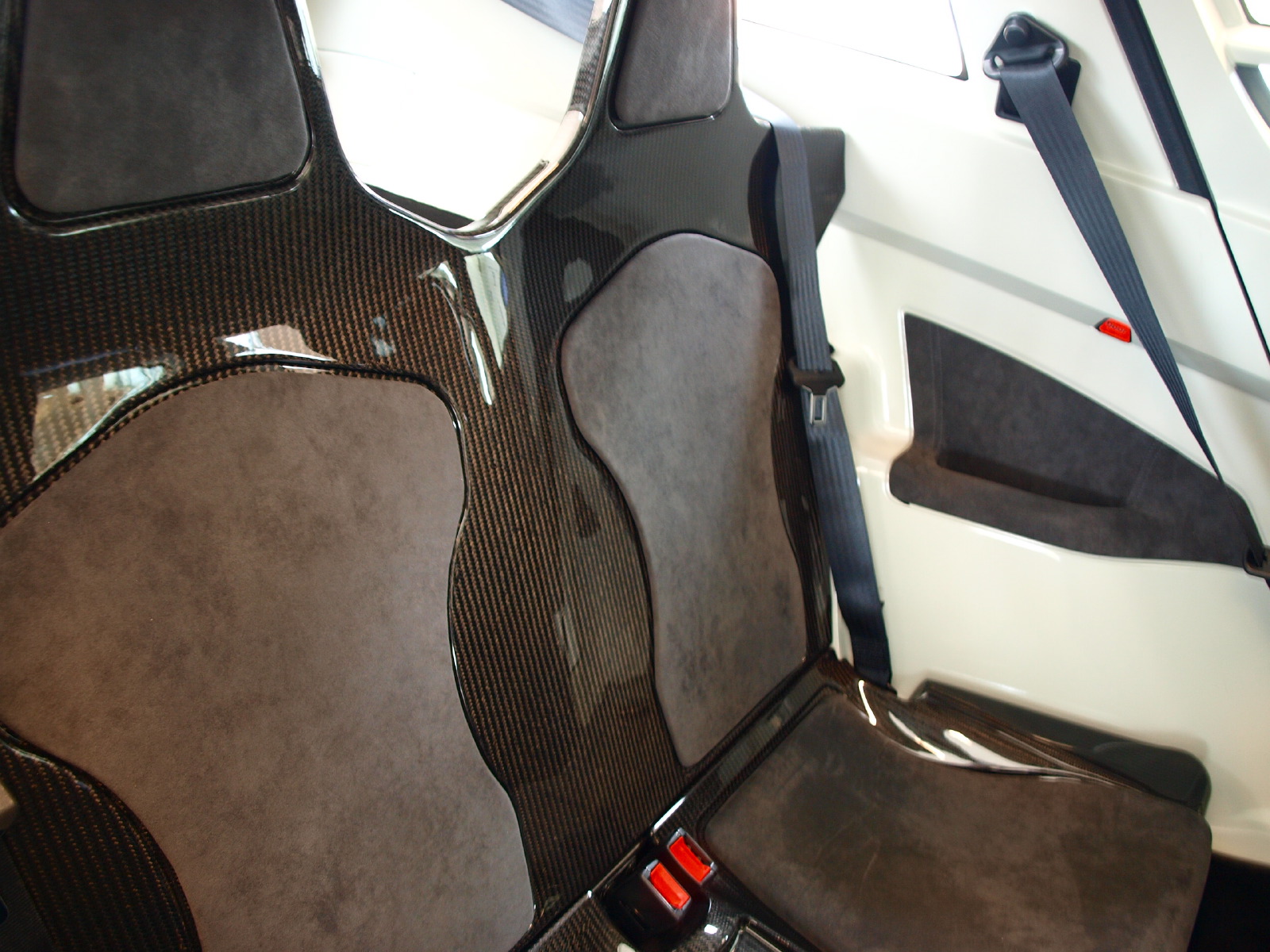
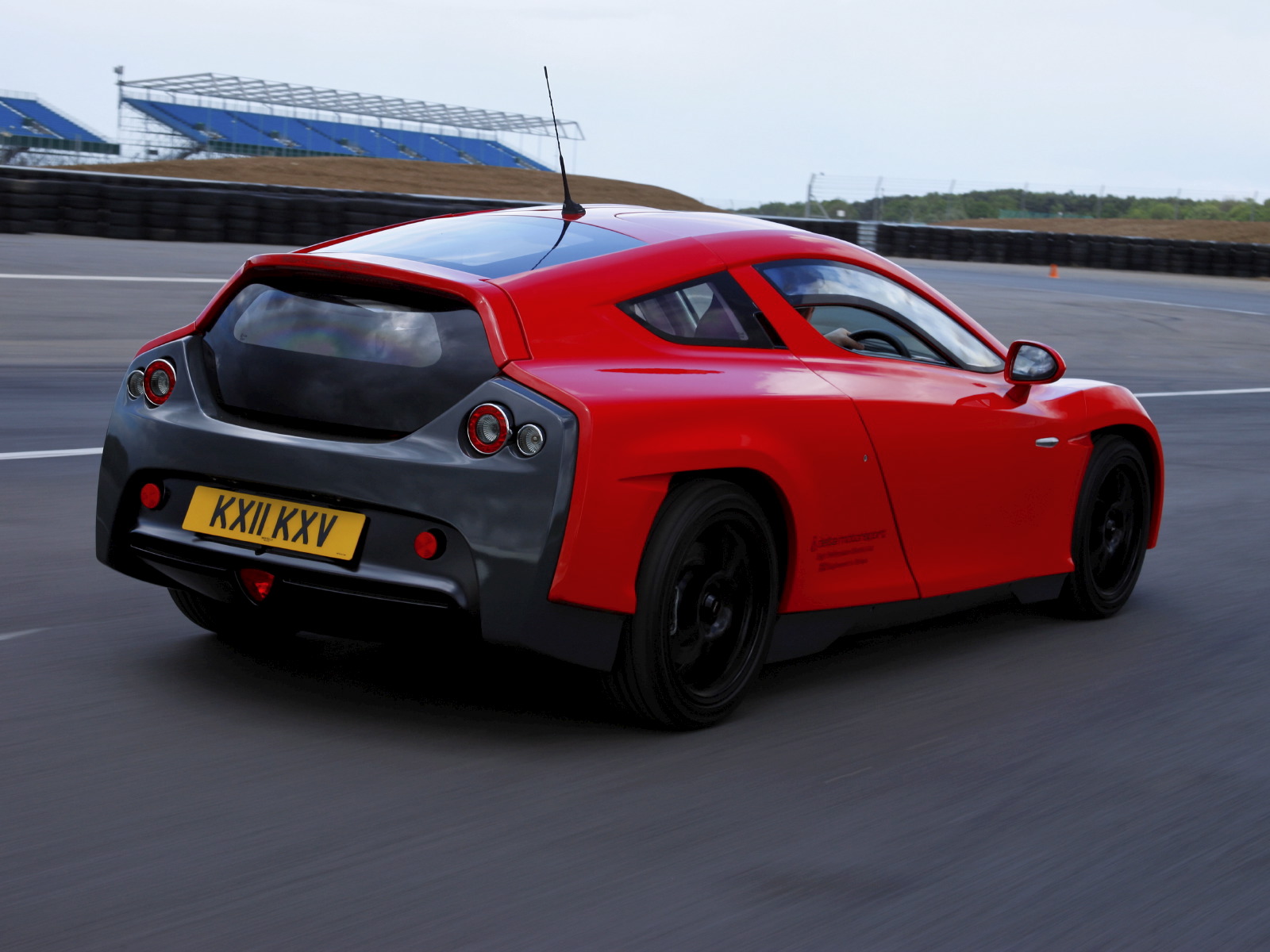
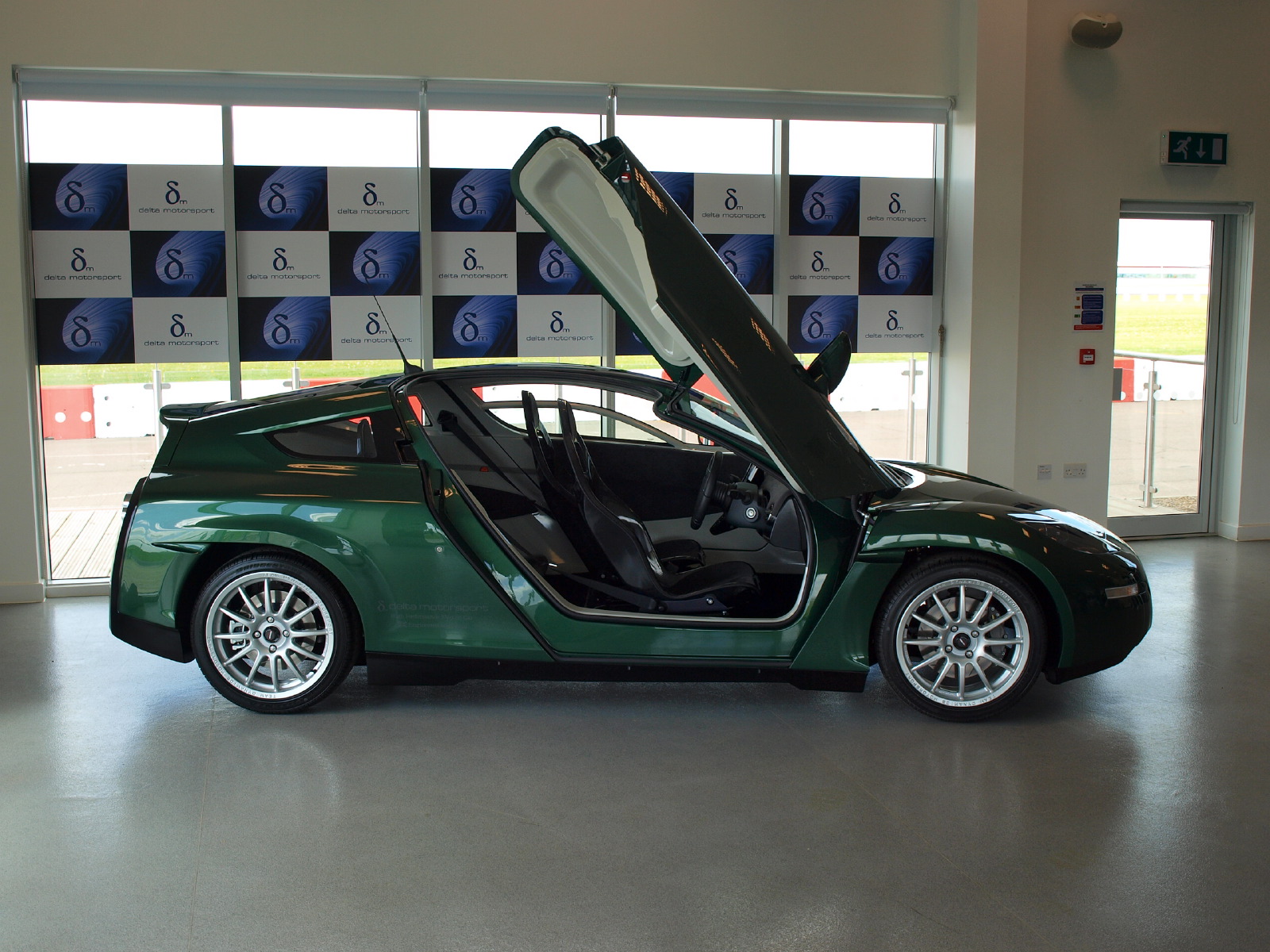
However the car’s frontal aspect falls on the side of conservative - its DRG carries very little in terms of graphic to help set a recognizable face for the car. The Tesla-esque nose, with the bumper rounded in both plan and section, and the drawn back, twin chamber lights is somewhat generic and weakens the car’s identity when viewed in anything other than from the front three-quarter, where those aerodynamic arches fall into view. The overall effect is, whilst conforming to traditional aerodynamic properties, a DRG that almost appears to sits at odds with the angular, taught rear.
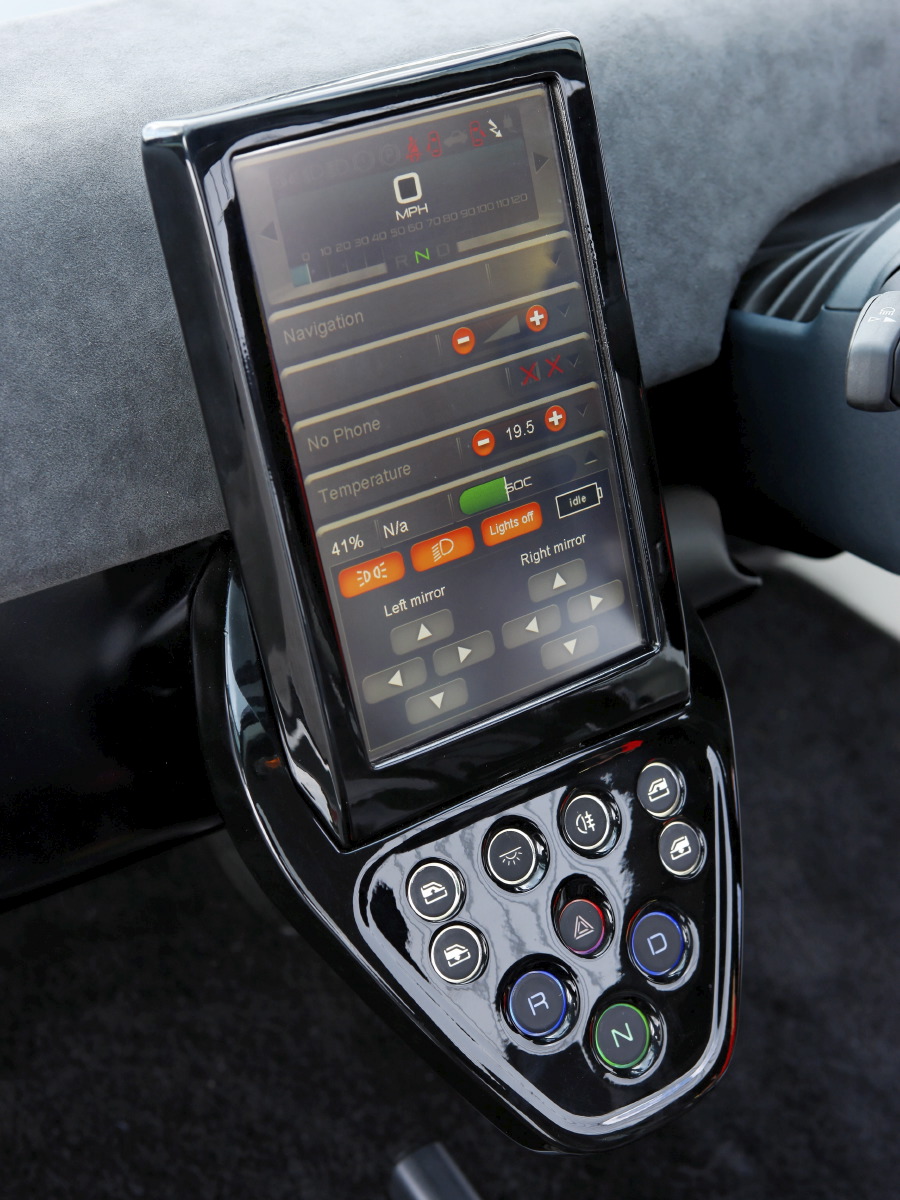
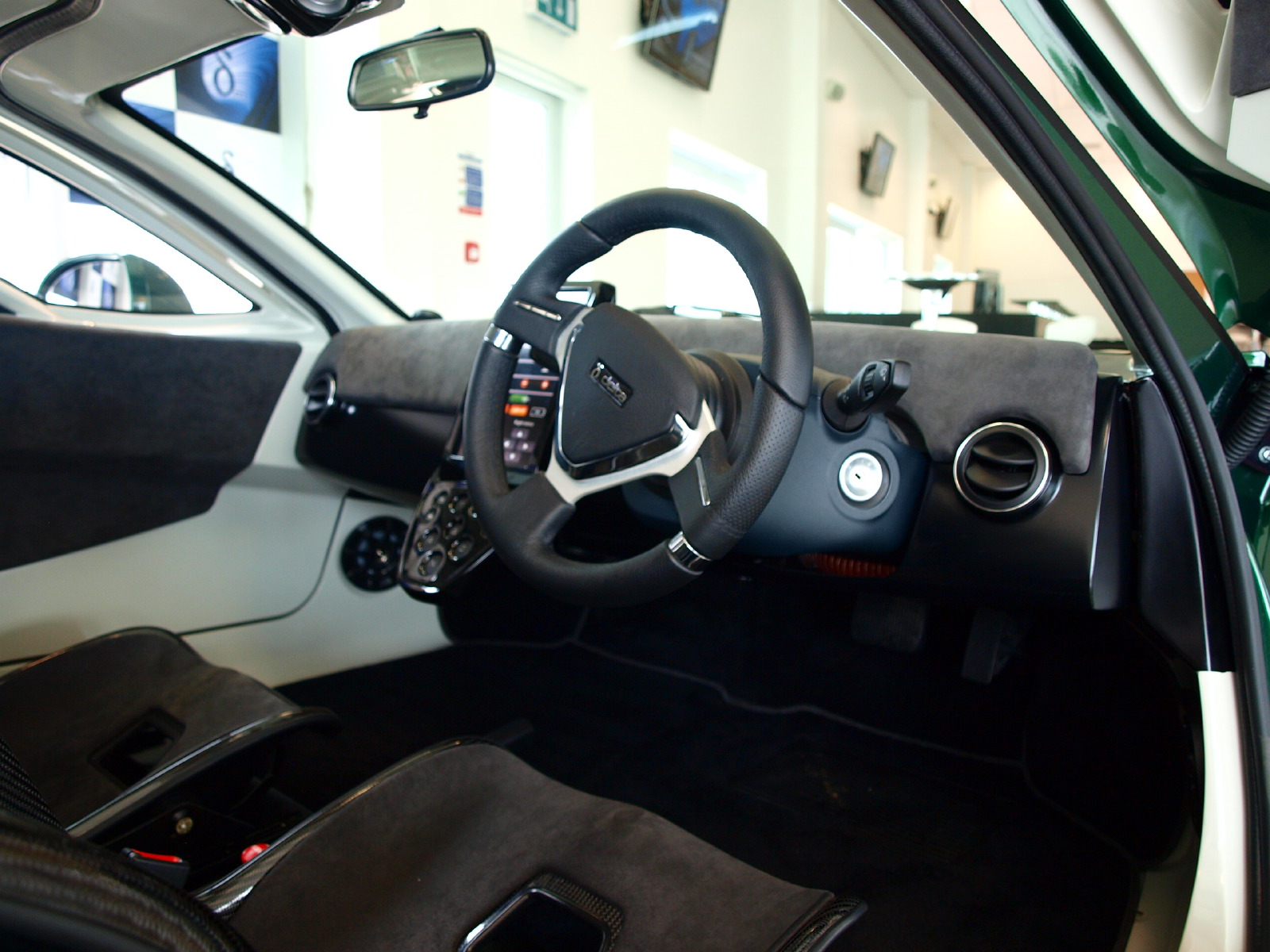
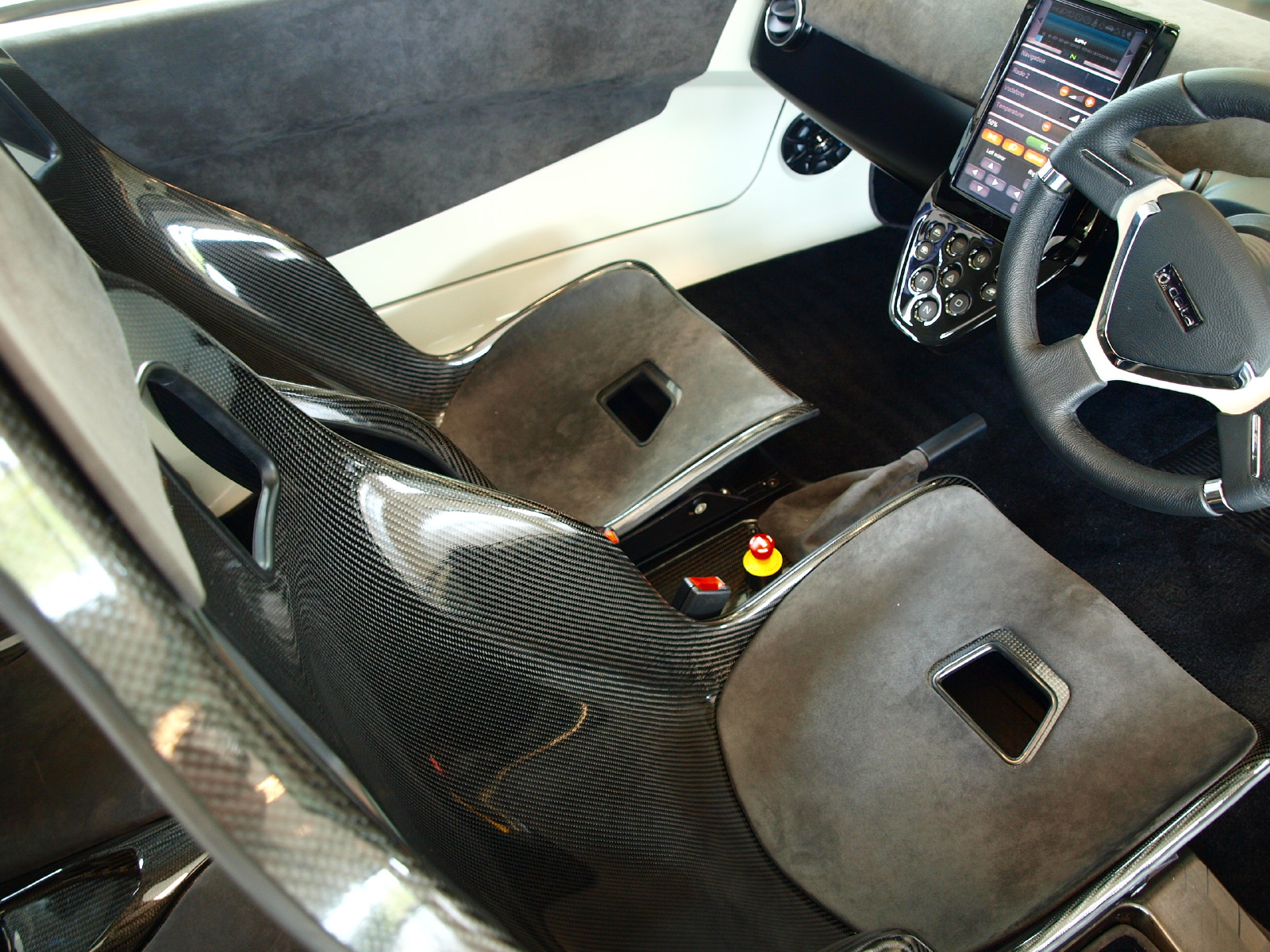
Entering the cockpit, the conscious efforts to reduce weight are most evident. The incredibly thin, sparsely padded seats for all four occupants proudly display their carbon construction and the ethos of ‘only use what is necessary’. The stripped back, minimal IP features a central, interactive touch-screen system that controls all the car’s features, from wing mirror adjustment through to air conditioning control. All of this is operated through a system designed by the creators of a similar system used by Koenigsegg.
Out on circuit and the E-4 makes an instant impression. The large 32kW/h battery packs provide a more than ample feeling of acceleration and the carbon seats offer far more comfort than is seemingly possible from race-derived buckets.
The well planted feel of the car stems from the packaging. By sandwiching the battery packs in the floor, not only is interior space opened up, but the center of gravity is lowered and, when combined with an in-house designed steering rack, the E-4 is a veritable mixture of brilliant precision, grip and balance.
But all this is not to suggest the car is a fully polished vehicle that undermines and denounces the UK’s flourishing low-volume, high-performance petrol machines. There are minor niggles and issues yet to be resolved. The claimed 200-mile range is just that, a claim at present; there are ungainly design features, such as the door locks being placed on the rear three-quarter panel; the car features some outwardly trivial issues such as the front seat belts that hinder rear seat ingress and egress thanks to their anchor point; and the fabled high performance 4WD version hasn’t and won’t be built unless further financial backing is secured.
Despite these seemingly superfluous niggles, the E-4 is a very convincing take on the EV, which does away with the gimmicks and trivial additions most EV’s seem to sprout to make users aware that it isn’t conventionally powered.
The level of design competency results in a genuinely appealing car, with some neat details that look good, both static and on the move. It is a surprisingly sturdy, well built and fully working prototype that does offer a valuable insight into what is possible in the automotive world even with negligible financial backing. We hope to see it produced and available in the near future.
Related Articles:
New Car: Riversimple Urban Car concept
New Car: Lightning GT
British Motor Show 2004 - Low Volume Sports Cars




































